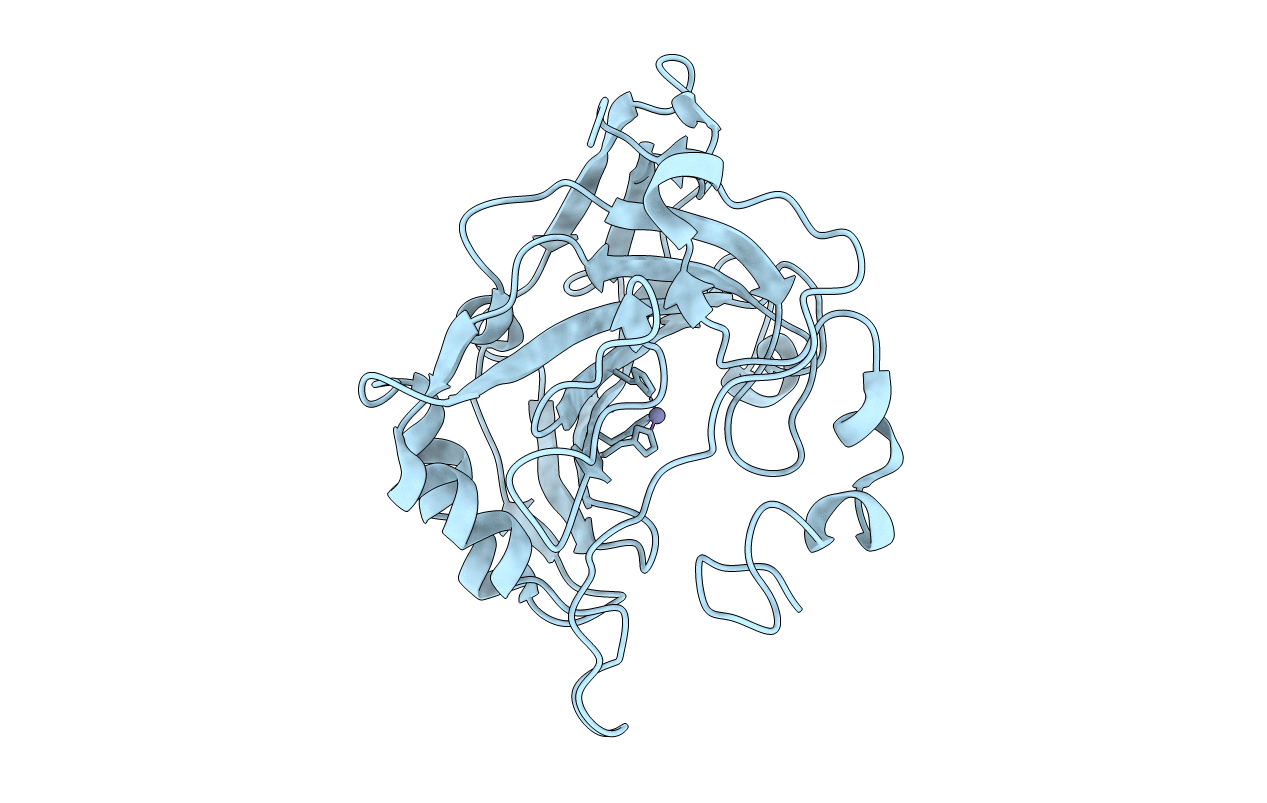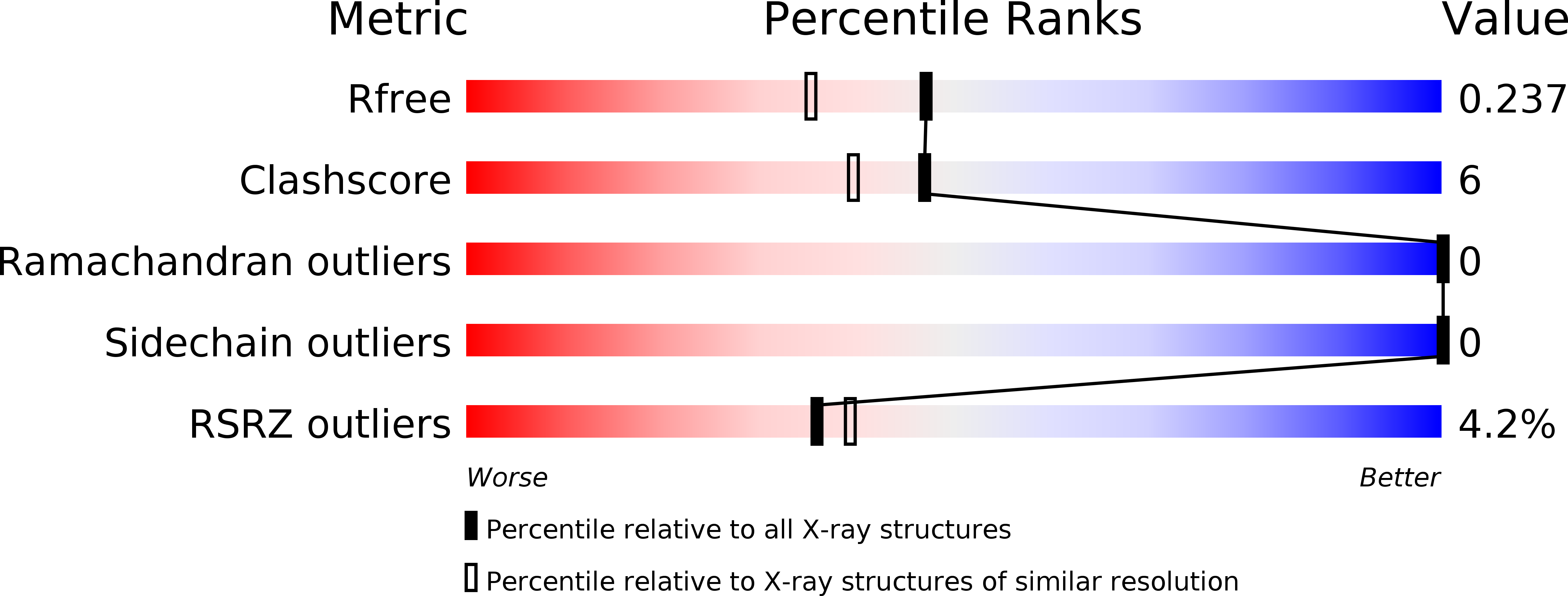
Deposition Date
2018-03-28
Release Date
2018-06-06
Last Version Date
2024-10-23
Entry Detail
PDB ID:
6G4T
Keywords:
Title:
The crystal structure of uninhibited C183S/C217S mutant of human CA VII
Biological Source:
Source Organism:
Homo sapiens (Taxon ID: 9606)
Host Organism:
Method Details:
Experimental Method:
Resolution:
1.91 Å
R-Value Free:
0.24
R-Value Work:
0.19
Space Group:
P 21 21 2


